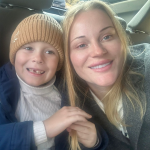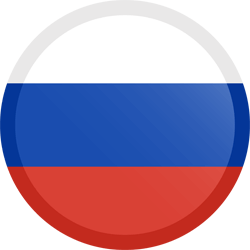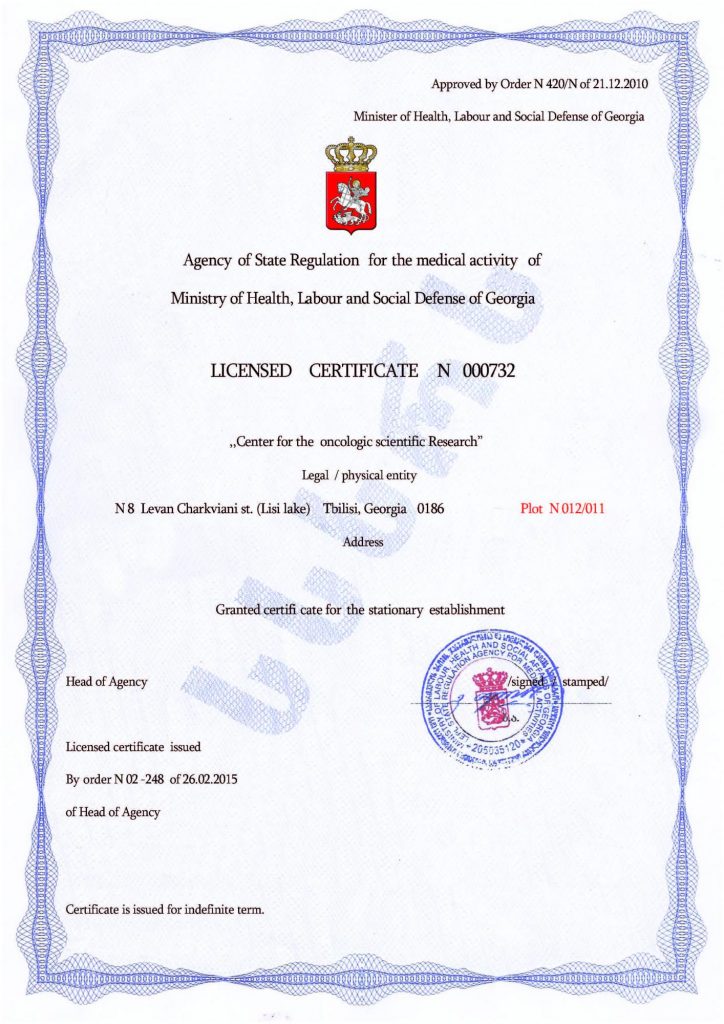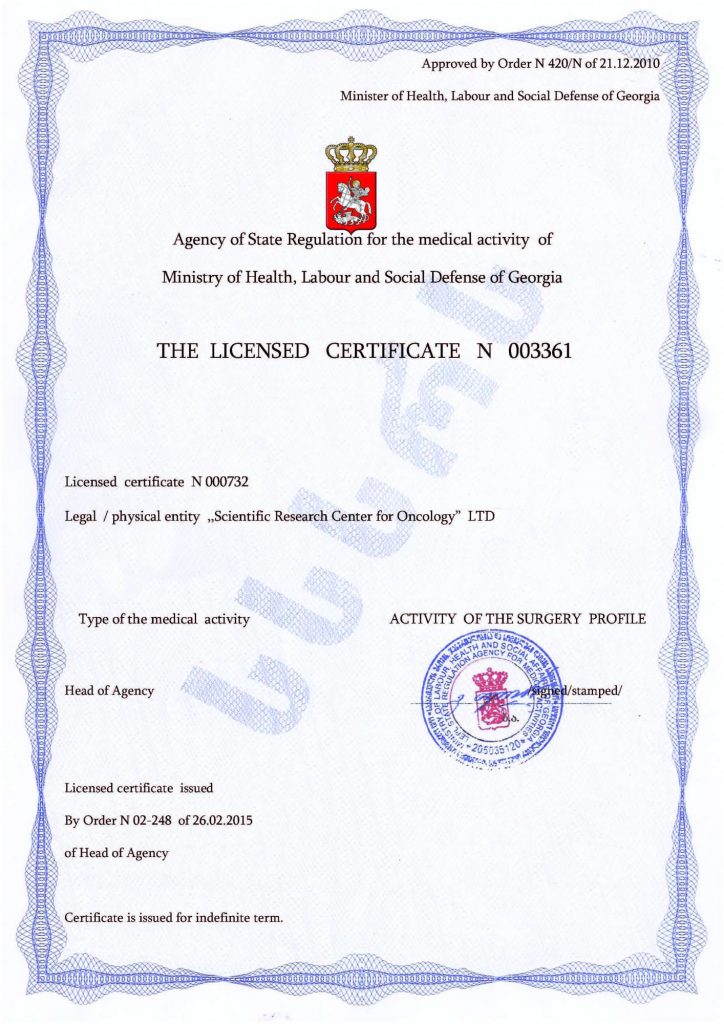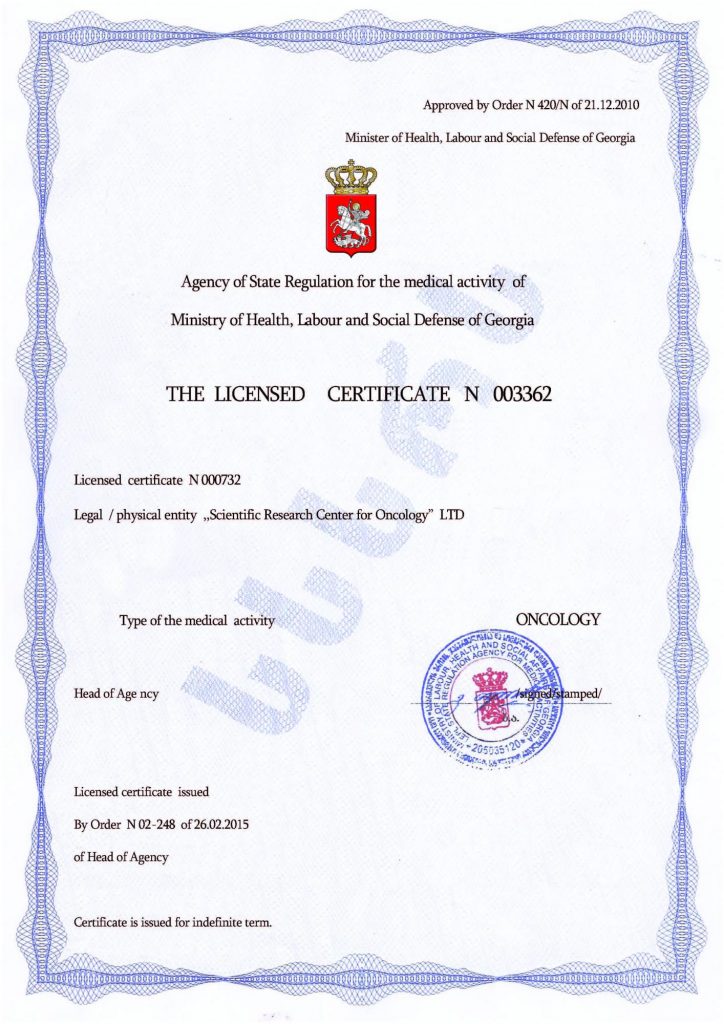The Significance of Playing with Toy Soldiers for Children with Autism
Autistic children who spend hours arranging toy soldiers in battle formations and reenacting “battles” are not necessarily driven by a desire to feel like a commander. While this activity is certainly entertaining, it also carries significant therapeutic and developmental potential for children with autism. The game combines structure, sensory experience, and opportunities for social adaptation, which is beneficial for autistic children. Several factors contribute to this.
- Control and Predictability
- Clear rules (phases of movement, attack, and defense) reduce anxiety. The actions are determined by a dice roll, which makes the sequence of steps predictable.
- Minimal rules. For example, defining the “move distance” (in centimeters or squares) and simple victory conditions (such as capturing the flag or eliminating the commander) make the game easier to understand and prevent information overload.
- Sensory Regulation and Motor Skills
- Tactile stimulation occurs as handling the figurines develops fine motor skills, and their arrangement trains visual-spatial perception.
- There is an opportunity to control sensory load. The game allows for controlling stimuli, such as using plastic figurines or other materials that don’t make noise when dropped, which is crucial for children with hypersensitivity.
- Social Skills and Communication
- Indirect interaction is achieved as the toy soldiers act as “mediators,” helping autistic children participate in joint play without direct contact, which reduces stress levels.
- Patience training. The need to take turns according to the rules teaches children to wait and follow order.
- Emotional Regulation and Creativity
- Control over the situation. The child controls the army, which gives a sense of security. The ability to skip phases (such as the attack phase) reduces frustration.
- Flexibility in scenarios. The child can include cartoon monsters or animals in the story, or create fantastic plots that align with their specific interests.
- Therapeutic and Educational Aspects of Playing with Toy Soldiers
- The development of executive functions occurs as the child plans moves and assesses distances (move measures), training strategic thinking.
- Adaptation to specific needs. For children with underdeveloped motor skills, the “move distance” can be increased or larger figurines can be used. It may also be necessary to use visual aids like diagrams or cards until the child masters the rules.
Playing with toy soldiers is not just a pastime for children with autism but a developmental tool that combines structure, sensory integration, and social practice. For well-rounded development, it is essential to combine this activity with other types of play, especially those involving physical activity and social interactions. However, this activity can remain a mere enjoyable pastime without additional beneficial effects if the symptoms of the disorder and its underlying neurodevelopmental causes are not addressed.
The most effective and quickest way to address this issue is through cellular therapy. Its features include innovation, high technology, safety, and naturalness. These qualities are provided by stem cell transplantation, using cells taken from the patient’s own body, which prevents rejection. Once introduced, the stem cells demonstrate their unique ability to transform into any other type of cell and replace the damaged ones with healthy equivalents. As a result, the brain and nervous system begin to function normally, behavior stabilizes, overall development accelerates, and autism symptoms become less pronounced or disappear. This outcome is long-lasting, often permanent, and improves the effectiveness of other corrective measures.
Previously, stem cell therapy was considered an experimental approach, but it is now widely acknowledged that it leads to more significant successes in treating autism and its symptoms than traditional methods. It is possible that it will become the primary treatment in the future. Currently, only the best clinics in the world specialize in it, among which is the Mardaleishvili Medical Center. The center has extensive experience in stem cell transplantation, performed by specialists who have undergone excellent training, including abroad, and are equipped with the latest technology. The level of service is comparable to that found in countries with developed healthcare systems but at a lower cost. Additionally, the center offers comprehensive assistance in planning the trip and addressing accommodation during rehabilitation if needed.
Undergo cellular therapy — give your child the joy of playing and socializing!
Autism Treatment Center Videos
Autism treatment with own stem cells
Cord blood association congress
International Quality Crown
Autism Treatment Reviews
Autism treatment with own stem cells
The story of Alessandro (6 years old)
Autism Patient Testimonial - Stem Cell Treatment
Clients Testimonials
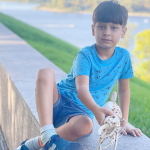
Review by Anastasia, mother of Yusup (8 years old) Read More
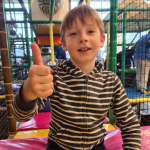
Feedback from Nathalie, mother of Andre (9 years old) Read More

Feedback from Yulia, mother of Emily (7 years old) Read More
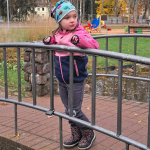
Feedback by Everita, Katrina’s mother (5 years old) Read More
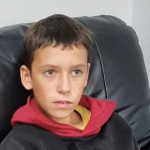
Feedback from Igor, David’s father (12 years old) Read More
